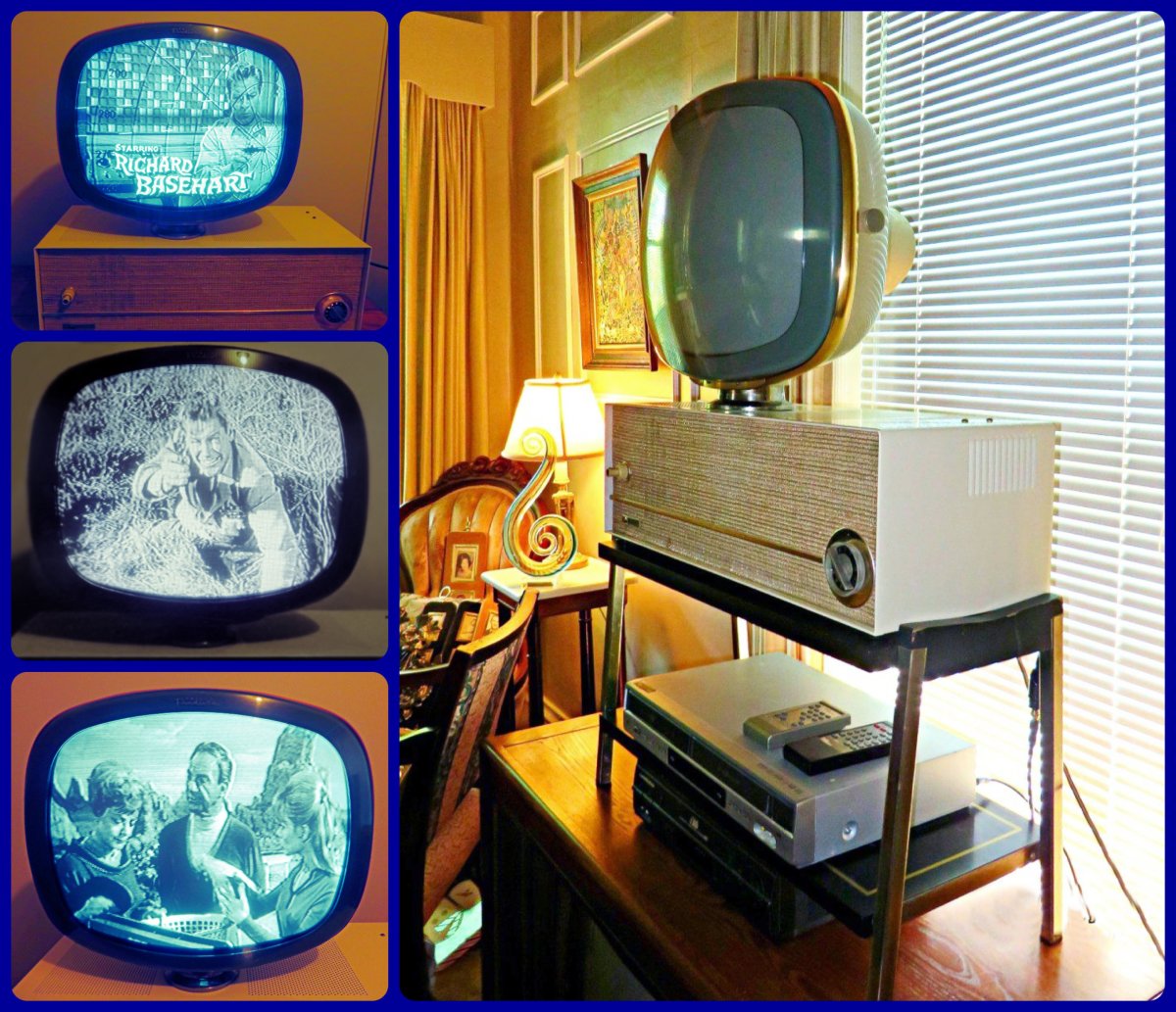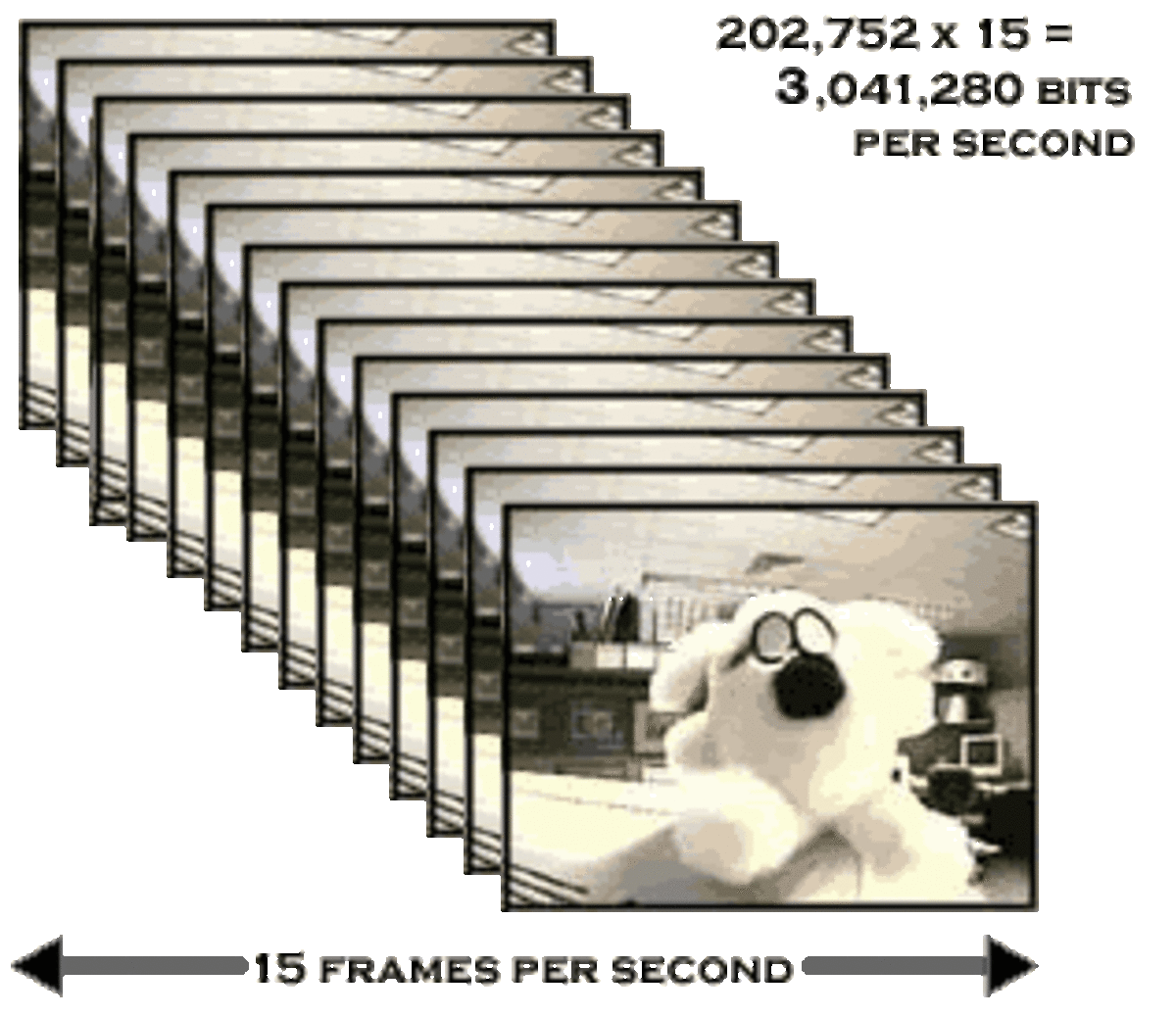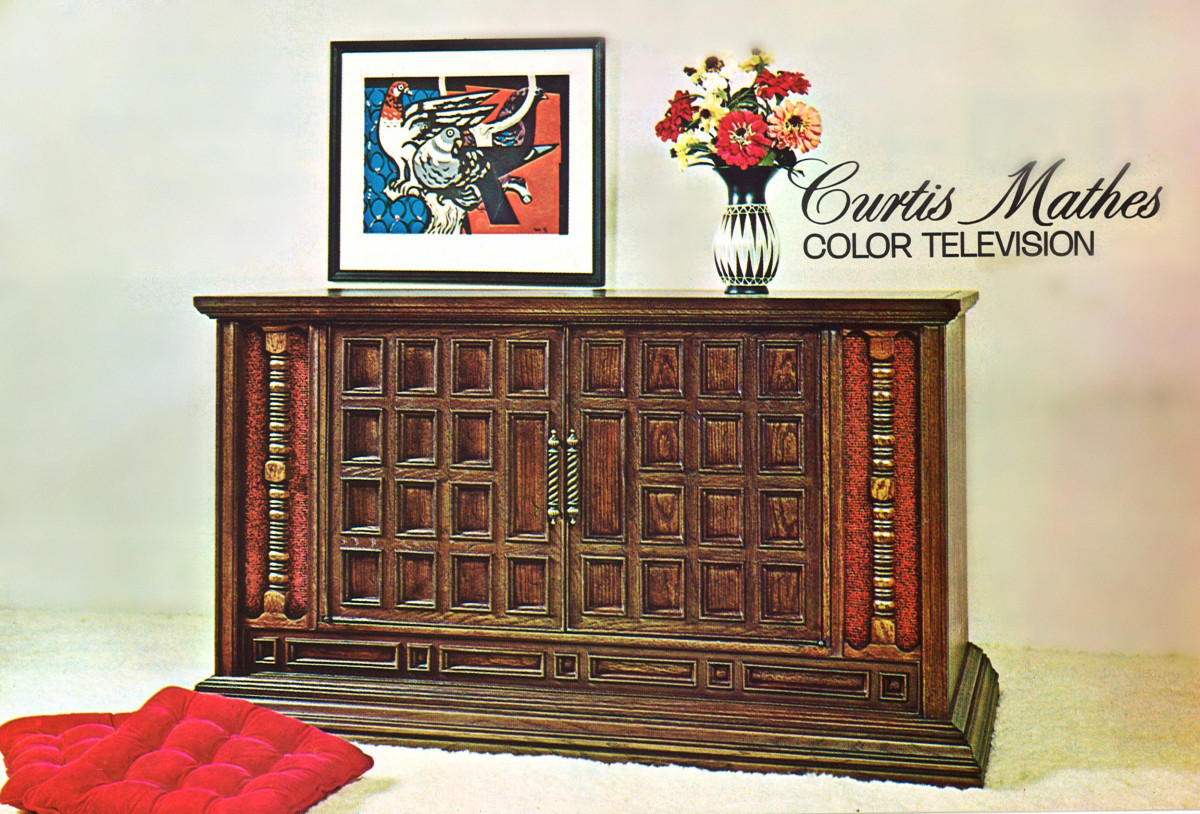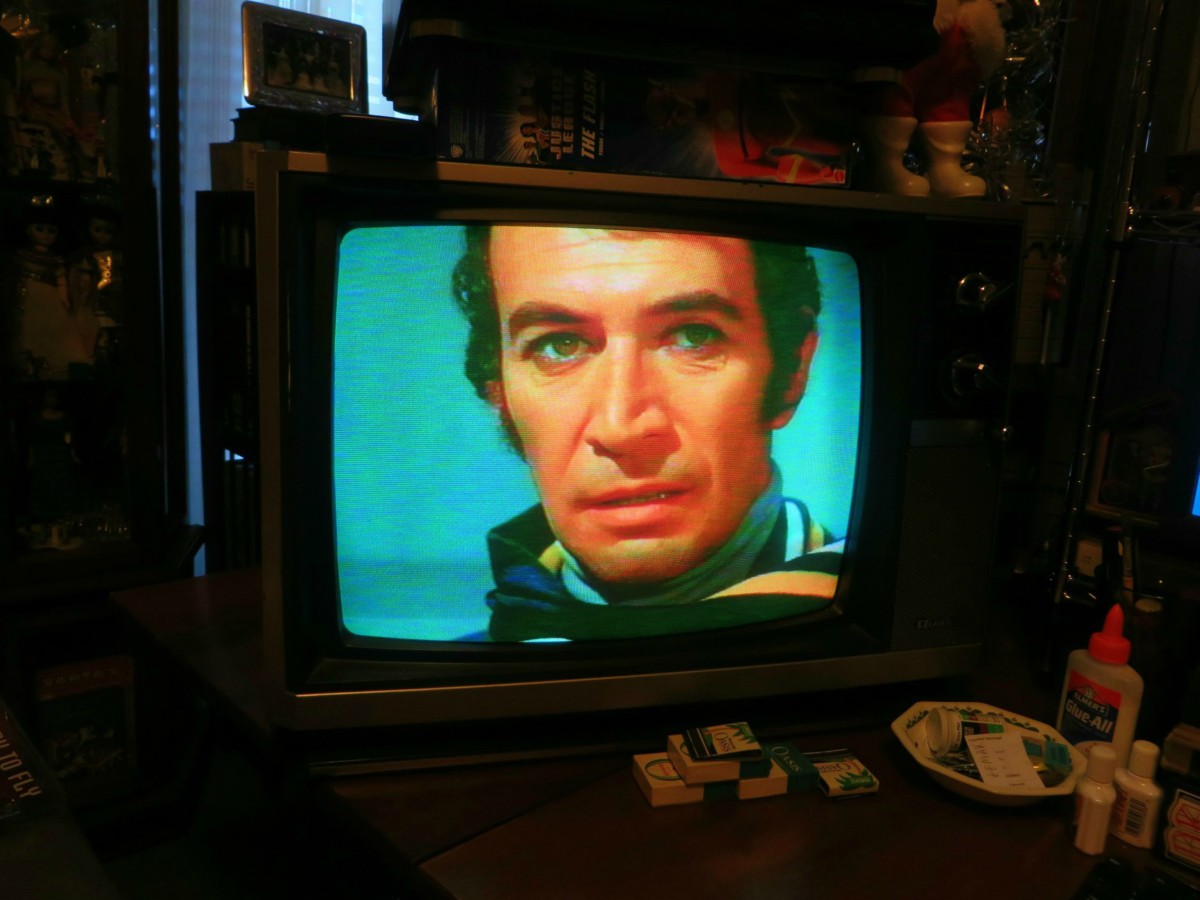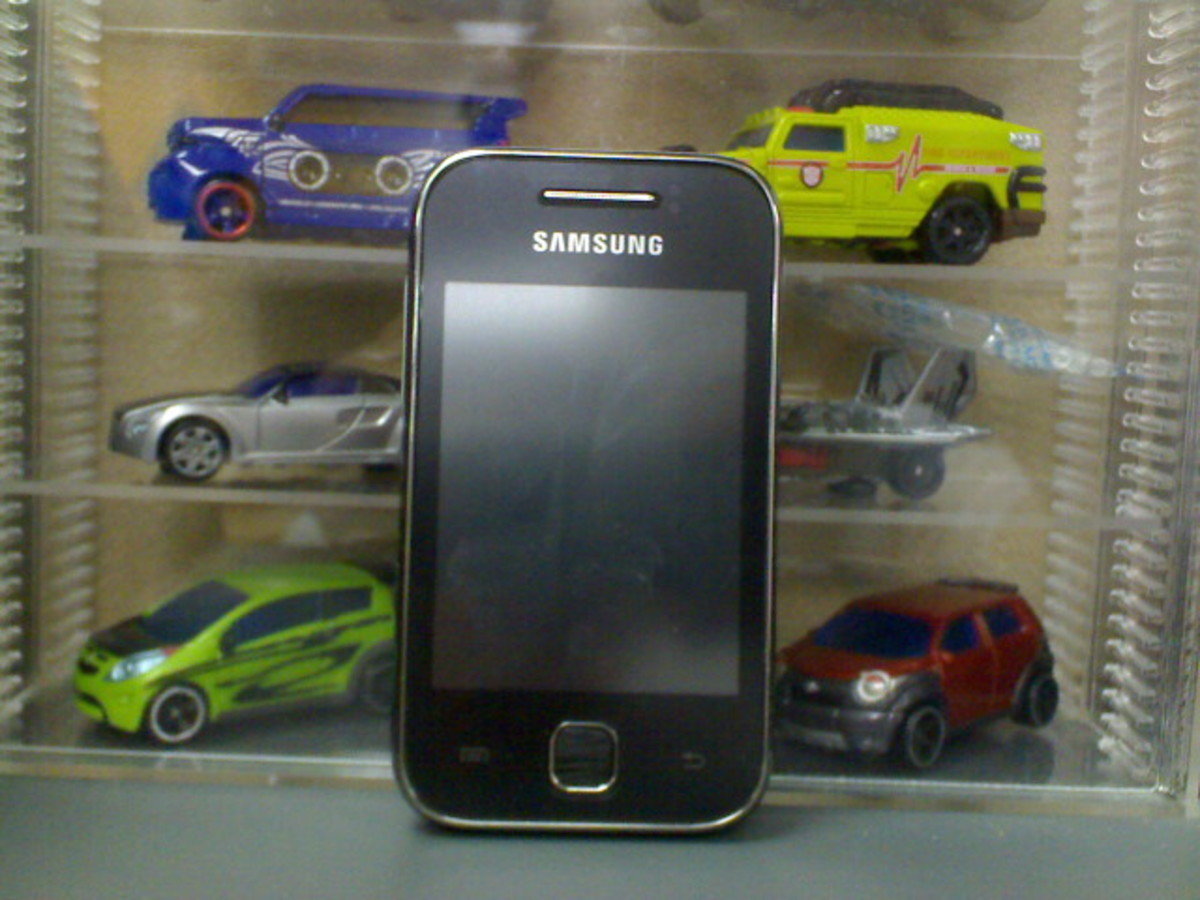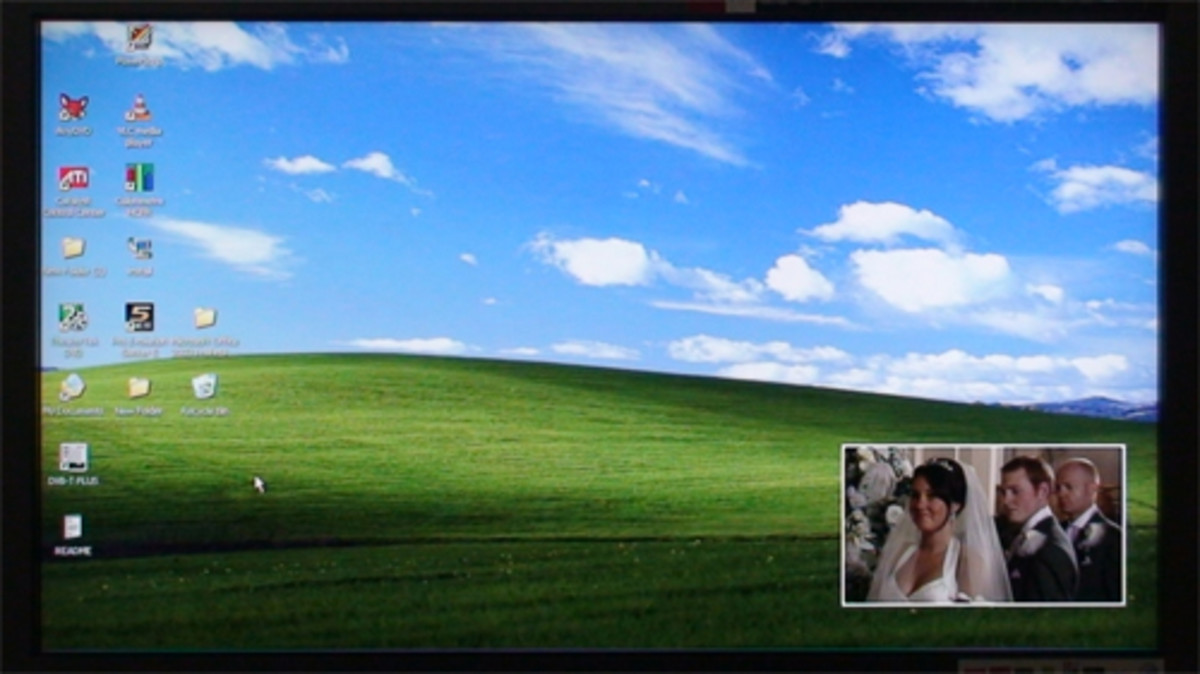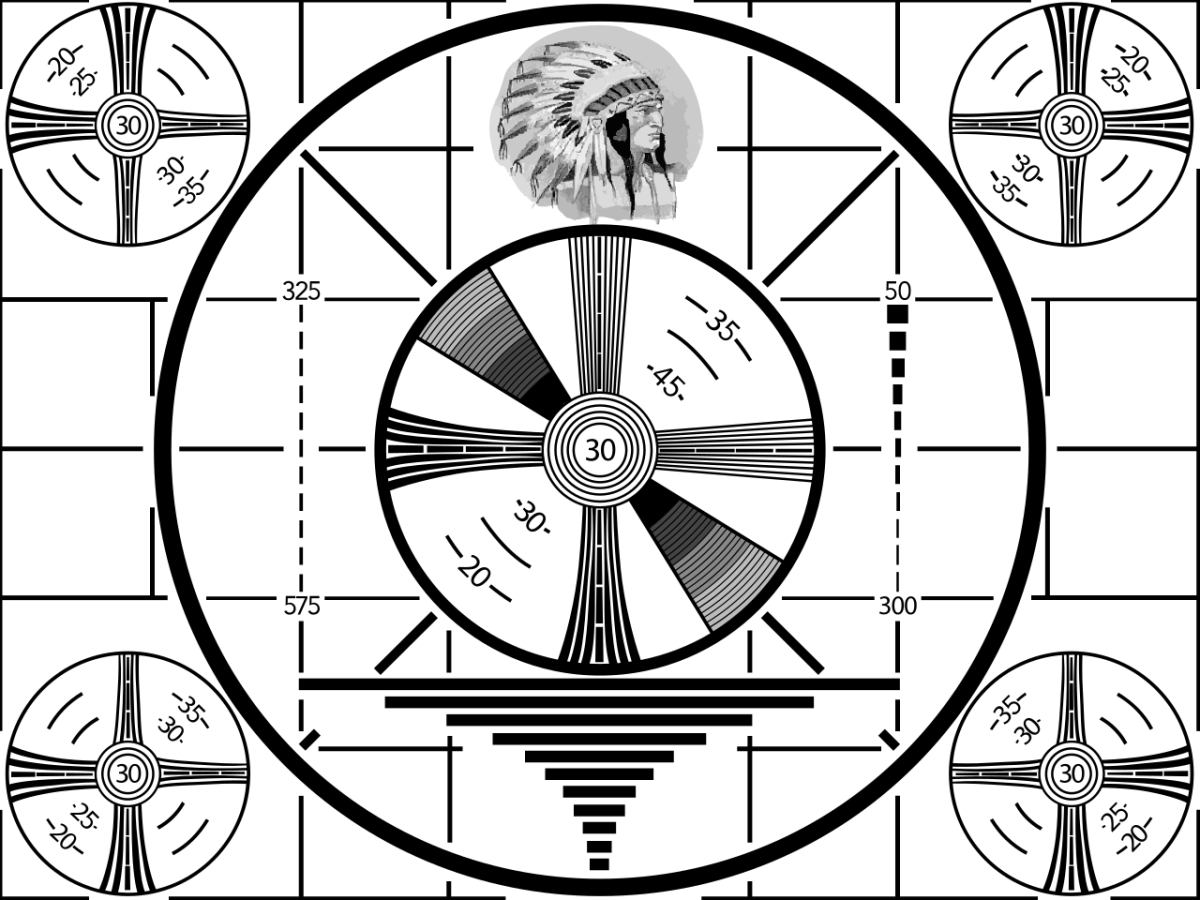What is OLED tv and which is the best to buy
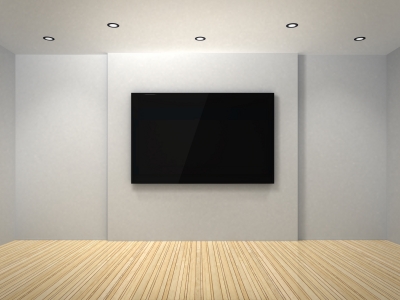
What is OLED TV
So, what is OLED? It actually stands for Organic Light Emitting Diode. This basically means that each pixel is a small light emitting diode that emits a light when an electrical current is applied to it. (If you didn't know, a television screen is split up into lots of little dots, called pixels, all displaying a color which when put together makes the image you see on the screen.)The organic part of the name refers to the organic material (usually carbon film) that sits between two conductors that conduct the current through the film.
As the tiny LED’s produce their own light, the OLED screens do not need any backlighting like normal LCD screens. (The cells in LCD’s are what is known as transmissive, that is, they need an external light for brightness.) The organic screen of the OLED televisions enables them to be very, very thin and have blacker blacks and more vibrant whites so that the contrast of colors is better. This means that they are also more energy efficient, as the backlighting of LED’s will use a fair amount of power.
Who Makes OLED tv s and what is the OLED best buy
There have been OLED screens seen on a number of small electronic devices already. Sony produced a small 11” television in 2007, XEL-1 which was a limited edition and was really expensive. LG also had a short-lived 15” version which is no longer being sold. As for smaller items, like phones and tablets, there are many, including Samsung smartphones which use OLED screens as does the Playstation Vita handheld console.
At the moment, there are only 2 main manufacturers of OLED televisions though, LG and Samsung.
This year, LG have brought out a 55 inch OLED tv – the 55EM9700, which is only a spectacularly light 3.5kg and a razor thin 4mm. There is talk of a prototype model being only 0.3mm but no-one has seen one of these yet so I can’t guarantee it. The theory is though, that as it can be really thin because of their being no requirement for a backlight, then it could be folded or even rolled up. Potentially, it could even be transparent so that if nothing was being shown on it, it would almost disappear into the background. The 55” model though also has a dual core processor, WiFi, Freeview HD and something they are calling a Magic remote. Basically, this means that you can point it at the screen to move things around a little like a Wii remote. This will make using it like a computer much easier to handle than with a standard remote and makes for a super OLED TV.
Samsung also have a model that is a 55in OLED tv – KN55F9500 which they have called a Real OLED television. The reason for this is that LG and Samsung have different manufacturing methods and Samsung claim that theirs is more of a genuine OLED screen, hence the ‘Real’ tag. This is to do with the colours used on the pixels. Samsung use the traditional RGB set-up with red, green and blue colours. LG on the other hand, uses WRGB which adds white into the mix as well as red, green and blue. In this case, it necessitates the addition of a colour filter to make the contrast as good as possible. Unfortunately, this is seen by Samsung as inferior but it is a cheaper manufacturing process so in the long run, the LG sets are likely to be comparatively cheaper than the Samsung equivalent. Again, rumors abound that Samsung are considering WRGB so that they can increase their production rate and maybe lower the cost of their televisions in the first instance. Watch this space!
There is talk of Panasonic and Sony having a 56” tv in the pipeline but as yet there are no indications of price or launch date. (Just as an aside though, it it thought that Panasonic have perfected a way of printing the LED’s into position. If this is true, then it is likely to be a very cost-effective way of building these televisions and will mean their end product could be a cheaper alternative to LG and Samsung’s offerings).
Sony’s product has their OLED materials placed on top of the screen so that it doesn’t have to pass through any other materials before your eyes see it, apparently making the picture even more spectacular than other OLED ones. It remains to be seen if, or when, either of these get to market.
Why buy an OLED television
Overall, the lack of need for the backlight means that the contrast on them between the colors is incredibly sharp and vibrant, as the blacks are blacker and the colors are spectacular. Another key improvement for gamers is that they have better refresh rates than LCD’s or plasma. This means that for any fast action, the lag is negligible, it is devoid of blur and the edges will appear cleaner and the colors more vibrant. As a bonus, the OLED screens are also more efficient and will use less energy than the current LCD and particularly the plasma TVs.
Of course, these TVs can either be mounted on a wall (and with the weight being less than 7kg in most cases around 3.5kg, that isn’t a problem) or on a very attractive stand. The problem with these very thin televisions is that the attendant cables required for connectivity are a bit messy in comparison. Luckily, for the LG particularly, these are housed in a very slim attractive box that when placed under the television looks very similar to a DVD/Blu-ray player. The other advantage is that they have a very wide viewing angle, almost 180 degrees in most cases, this is perfect if you have a favorite chair to sit in and you are unwilling to move it!
So, when can you buy OLED televisions and what will be the OLED tv price?
Well, there are lots of rumors, mostly centering around LG and Samsung. LG is the first to actually provide an OLED screen television for sale but they are only available in South Korea at present at a very shocking $10,000. The US will be able to get its hands on them during March 2013 but at the very sobering $12,000. This is a hefty price, however, the picture quality and the amazing technology that has gone into this make it a very sought after bit of kit. I’m drooling just thinking about it.
Although, Samsung haven’t mentioned a price as yet, it is thought that unless they incorporate the WRGB processing as mentioned earlier, the price will be even higher than the LG model. It just remains to be seen if you can justify the price to get a state of the art television with truly life-like colours and movement. It seems that these are really the future of television, personally, I can’t wait to get one.
Please let me know in the comments what you think if you have seen one or are lucky enough to own one.

